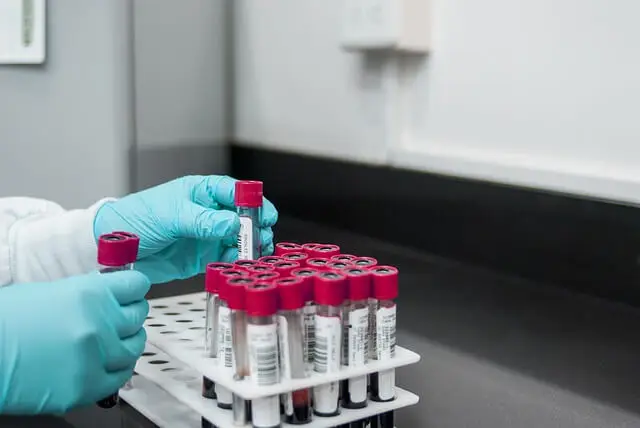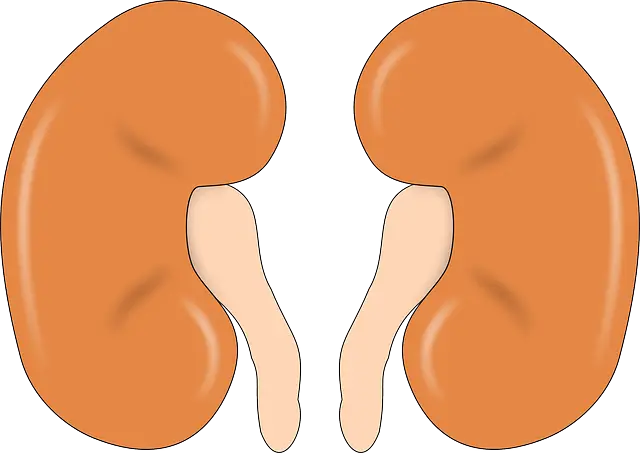Preventing Prediabetes: Taking Control of Your Health
Prediabetes meaning refers to a condition where prediabetes blood glucose levels than normal but not high enough for a diabetes diagnosis. It increases the risk of developing type 2 diabetes and other health issues.
Discover the key steps to managing prediabetes and reducing your risk of developing type 2 diabetes. Learn about healthy lifestyle choices and effective interventions for a healthier future.
If you’re testing for the first time, using the best blood glucose tester can help you check your blood sugar levels easily at home. You can also choose to get tested at a medical lab for accurate results and better understanding of your health.
Prediabetes blood sugar levels is higher than normal, but not high enough to be considered a hyperglycemic patient. It means that you have a higher risk of developing T2D and other health problems
Is prediabetes reversal condition ?
Yes it can often be reversed or prevented through lifestyle changes such as eating a healthy diet, exercising regularly, and maintaining a healthy weight.
Prediabetes symptoms
Prediabetes is a gradual progression towards developing diabetes. Prediabetes glucose level is higher than normal but not yet at diabetic levels. If left unmanaged, prediabetes can eventually lead to the onset of diabetes, emphasizing the importance of early intervention and lifestyle modifications to prevent its progression.
Diabetes is a chronic condition that affects millions of people worldwide. It is a disease that occurs when the body cannot properly produce or use insulin, a hormone that helps regulate blood sugar levels. One of the key ways to identify diabetes is through understanding the symptoms associated with the disease.
Early prediabetes symptoms may include frequent urination, increased thirst, and increased hunger. This occurs because high levels of glucose build up in the blood, causing the kidneys to work harder to remove excess glucose through urine. As a result, individuals may feel the need to urinate more frequently, leading to increased thirst and hunger.
Another common symptom of prediabetes is fatigue. This occurs because the body is not able to properly use glucose as an energy source, which can lead to feelings of exhaustion and weakness. Additionally, individuals with diabetes may experience blurred vision or tingling and numbness in their hands and feet.
One of the most important things to understand about diabetes symptoms is that they may not always be obvious. In fact, many people with prediabetes may not experience any symptoms at all, especially during the early stages of the disease. This is why routine prediabetes glucose range testing is so important, as it can help identify the condition before symptoms become more severe.

It is also important to note that symptoms of diabetes may vary depending on the type of diabetes a person has. Type 1 diabetes typically develops in childhood or adolescence and occurs when the body does not produce insulin. Symptoms of type 1 diabetes may develop quickly and include increased thirst, frequent urination, and weight loss.
On the other hand, type 2 diabetes is more common in adults and occurs when the body cannot properly use insulin. Symptoms of type 2 diabetes may develop slowly over time and include increased thirst, frequent urination, fatigue, blurred vision, and slow-healing wounds.
In summary, understanding the symptoms associated with prediabetes is crucial for identifying the condition early on and managing it effectively. While symptoms may vary depending on the type of diabetes, common signs include increased thirst, frequent urination, fatigue, and blurred vision. It is important to consult a healthcare professional if you experience any of these symptoms or have any concerns about your blood sugar levels
Prediabetes diet
Here are some tips and strategies for managing prediabetes through prediabetes diet and exercise:
Prediabetes sugar levels: Regular blood sugar monitoring is essential for managing diabetes. This allows you to keep track of your blood sugar levels throughout the day and adjust your diet and medication as needed.
Follow a healthy diet: Eating a balanced and healthy diet is essential for managing blood sugar levels. A diet that is low in carbohydrates and high in fiber can help regulate blood sugar levels and reduce the risk of complications. It is important to limit sugary and processed foods, as they can cause blood sugar levels to increase
Exercise regularly: Regular physical activity can help regulate blood sugar levels by improving insulin sensitivity. Aim for at least 30 minutes of moderate-intensity exercise, such as brisk walking or cycling, most days of the week.The current research suggests atleast 6.4 km twice a week can increase the longevity .
Take your medications as prescribed: If you are taking medication to manage your prediabetes levels of sugar levels, it is important to take it as prescribed by your healthcare provider. This may include insulin injections, oral medications, or both.
- Manage stress: Stress can cause blood sugar levels to rise, so it is important to find healthy ways to manage stress. This may include meditation, deep breathing exercises, or talking to a counselor
- Get enough sleep: Lack of sleep can disrupt hormone levels and cause blood sugar levels to rise. Aim for 7-8 hours of sleep each night to help regulate blood sugar levels.
- Stay hydrated: Drinking plenty of water can help regulate blood sugar levels and prevent dehydration, which can cause blood sugar levels to rise.
In summary, managing blood sugar levels is essential for managing prediabetes and preventing complications. A healthy diet, regular exercise, and proper medication management can all help regulate blood sugar levels. It is important to work closely with your healthcare provider to develop a personalized plan for managing your diabete
How to manage prediabetes complications
In summary, preventing diabetes complications requires a combination of healthy lifestyle choices and medication management. Regular monitoring of blood sugar levels, management of blood pressure and cholesterol, healthy eating habits, regular exercise, and attending regular check-ups can all help reduce the risk of complications. It is important to work closely with your healthcare provider to develop a personalized plan for managing your diabetes and preventing complications.
Kidneys
Diabetic nephropathy.

This condition can cause the kidneys to lose their ability to filter waste products from the blood, leading to a buildup of toxins in the body. Over time, diabetic nephropathy can progress to end-stage kidney disease, which requires dialysis or kidney transplantation.
Diabetic Foot

Irregular glycemic conditions, if not managed at an initial stage, may lead to foot complications, including swelling, bacterial infections, ulcers, and may even affect the bones. Therefore, it is important to maintain normal blood sugar levels to prevent future complications.
Eyes Damaged Due to Uncontrolled Diabetes
Diabetic retinopathy.

This condition can cause the blood vessels in the retina to leak or become blocked, which can lead to vision loss or even blindness. Other eye complications of diabetes include cataracts and glaucoma.
Cardiovascular disease is a common complication of irregular glycemia or uncontrolled blood sugar levels. High blood sugar levels can damage the blood vessels and increase the risk of heart disease and stroke. This occurs because high blood sugar can cause inflammation in the blood vessels, making them more likely to develop blockages or narrowings. Over time, this damage can lead to a buildup of plaque in the arteries, reducing blood flow to the heart and increasing the risk of heart attacks and other cardiovascular events.
The heart

Teeth Complications

Teeth
Periodontal disease:
which is an infection of the tissues that support the teeth. This is because high blood sugar levels can weaken the immune system and make it harder for the body to fight off infections, including those in the mouth.
Tooth decay:
The sugar in the bloodstream can provide a food source for the bacteria that cause cavities.Eventually loss of teeth .
Dermatologist
Some common skin conditions associated with diabetes include:
Fungal infections:
The common fungal infections such as ringworm, athlete’s foot, and nail infections.
Bacterial infections:
Common bacterial infections on the skin, such as boils and folliculitis.
Itching:
Itchy skin, which can lead to scratching and skin damage.
Diabetic dermopathy:
Brown patches on the skin and is caused by changes in the small blood vessels.
Acanthosis nigricans:
This skin condition is characterized by thick, dark, velvety patches on the skin, usually in areas where the skin folds such as the neck, armpits, and groin.
It is also important to avoid scratching or picking at skin, as this can lead to further skin damage and increase the risk of infections. In some cases, a dermatologist may need to be consulted to help manage skin conditions related to diabetes.



